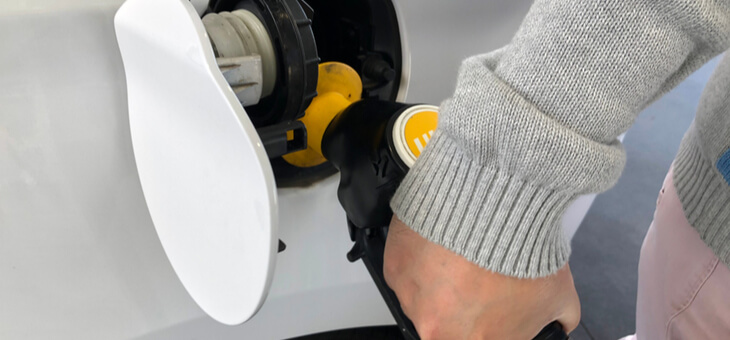Petrol prices are already at near-record levels and set to rise further as oil nears the $US100 a barrel mark.
Various locations around Australia are reporting unleaded petrol is approaching $2 per litre, with the national average siting at 176.9 cents per litre. And the price won’t be going back down any time soon.
According to the Australian Institute of Petroleum, the average per litre price of unleaded petrol across the capital cities was 171.8 cents in Sydney, 182.3 cents in Melbourne, 180.5 in Brisbane, 169.6 in Adelaide, 181.0 in Perth, 185.2 in Hobart and 181.6 cents per litre in Darwin.
The primary driver behind the price rise is the threatened Russian invasion of Ukraine. While the events may seem unconnected, Russia is a major oil producer and accounts for just under five per cent of the world’s total reserves.
Petrol retailers are already factoring in a potential disruption of supply to their prices. Apart from losing access to Russian oil in any war, a Russian invasion of Ukraine would attract strict economic sanctions from Western nations that would drive the oil price even higher.
“It’s not going to be pretty,” NRMA spokesperson Peter Khoury told The Guardian, “It’s going to continue to go up.
“There’s some real concern now that oil is going to breach $US100 per barrel. We’re hoping the average in Australia doesn’t hit $2 a litre but we’ll be monitoring it.”
High fuel costs have wide-ranging knock-on effects for overall living costs because products need to be transported.
CommSec says the average household using 35 litres of fuel a week is now spending a record $250 a month on petrol.
That, of course, is having a big effect on overall living costs.
Rising fuel prices were a key factor in the latest Australian Bureau of Statistics (ABS) Consumer Price Index (CPI) figures, a major indicator of cost-of-living pressures.
In the 12 months to December 2021, the CPI rose by 3.5 per cent, but the rise in fuel prices over the same period was 6.6 per cent.
“Fuel prices were the largest contributor to higher goods inflation,” says ABS head of price statistics Michelle Marquardt.
“More broadly, global supply chain disruptions and material shortages, combined with rising freight costs and high demand, contributed to price increases across a wide range of goods.”
If you’re looking to reduce your fuel costs, there are several websites that can help you locate the cheapest prices in your area, including MotorMouth, PetrolSpy and FuelPrice Australia.
Some state governments also offer petrol price monitoring through sites such as NSW’s FuelCheck and the Queensland government’s fuel price reporting scheme.
How much has the price of petrol risen in your area? Has it had an effect on how much you’re driving? Let us know in the comments section below.
If you enjoy our content, don’t keep it to yourself. Share our free eNews with your friends and encourage them to sign up.

